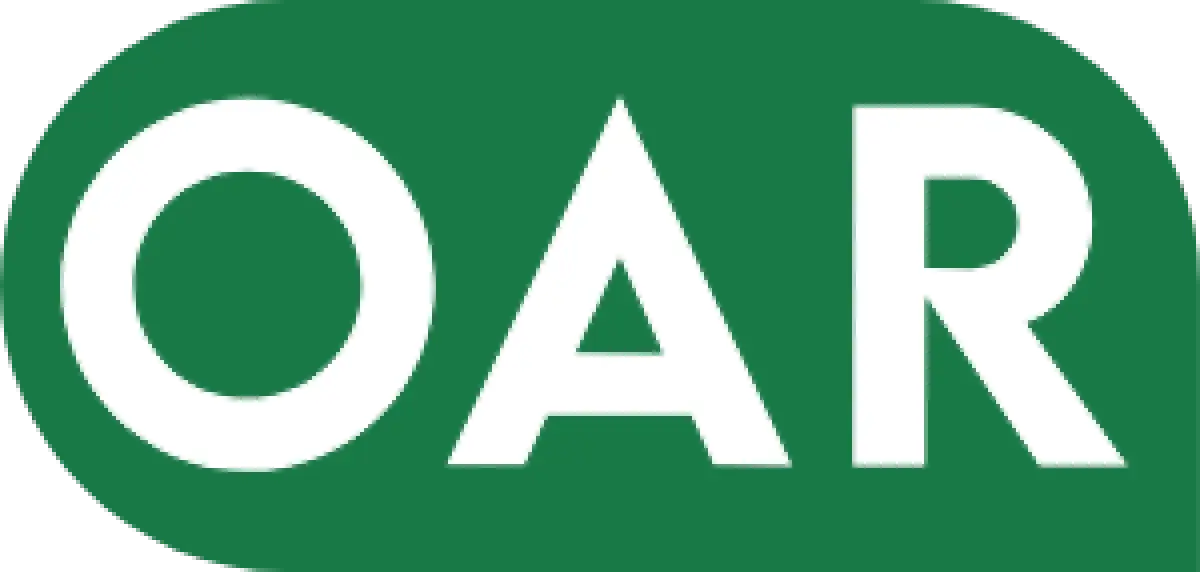How to Forecast Accounts Receivable?
Jun 04, 2024

This process aids cash planning, risk management, and liquidity assurance. It hinges on historical data, payment patterns, and market analysis. Precise predictions empower informed decisions, capital optimisation, and strategic alignment.
In this article, we will explore the key methods and considerations for forecasting accounts receivable, offering practical insights to enhance financial forecasting.
Why Accurate AR Forecasting is Crucial?
Accurate accounts receivable forecasting is vital for maintaining healthy cash flow, enabling businesses to anticipate payments and plan finances effectively. It ensures sufficient liquidity to meet obligations and avoid cash shortages. Additionally, it helps manage credit risk by identifying potential payment delays or defaults.
Accurate forecasting supports better budgeting and investment decisions, allowing efficient resource allocation and enhancing operational efficiency. It also improves customer relationship management by setting realistic payment expectations.
Finally, it helps identify trends in customer payment behaviours, informing credit policies and collection strategies. Precise forecasts allow companies to negotiate better terms with suppliers and creditors, leveraging anticipated cash flows.
Outsource Accounts Receivable for Accurate Forecasting!
How Do Businesses Collect Data for Accounts Receivable Forecasting?
Data collection helps to make decisions by analysing historical payment trends and customer behaviour. Accurate forecasting relies on comprehensive data, enabling businesses to anticipate cash inflows confidently.
- Historical Sales Data
Analysing historical sales data reveals past revenue patterns and trends. Businesses identify seasonal fluctuations, growth trends, and other patterns to project future revenue accurately. This forms the basis for forecasting cash inflows with precision.
This data allows an understanding of customer buying behaviour and preferences, supporting targeted marketing strategies. It also helps assess the effectiveness of past sales initiatives and promotions, guiding future marketing efforts.
- Business Customers Payment Histories
Reviewing past payment records allows businesses to identify payment cycles, late payment trends, and other factors impacting future cash flows. This understanding helps anticipate potential delays or defaults, enabling proactive risk mitigation measures.
Analysing payment histories identifies high-risk business customers and informs targeted collection strategies. This data also enhances credit policies and streamlines payment processes, improving overall financial management.
- Economic Indicators
Indicators like GDP growth, inflation rates, and unemployment levels impact the B2B sector and business revenue. Monitoring these helps businesses anticipate changes in customer purchasing power and adjust revenue projections accordingly.
Economic indicators evaluate the economy, aiding decisions in volatile markets. They identify risks and opportunities, guiding proactive measures to mitigate financial uncertainties. Their integration into accounts receivable forecasting improves the analysis's accuracy and reliability.
Choose the Right Forecasting Method
The correct accounts receivable forecasting method is crucial for accurate financial planning and cash flow management. Methods vary in precision and complexity, so businesses must choose one that fits their needs. Understanding each method's strengths and limitations ensures reliable predictions and informed financial decisions.
- Direct Method
The direct method of accounts receivable forecasting analyses business invoices and payment histories to predict future cash flows, offering detailed and highly accurate insights.
The direct method benefits businesses with a smaller customer base or high-value transactions, allowing them to identify potential payment issues and take proactive measures. Yet, it can be time-consuming and labour-intensive, particularly for larger organisations.
- Indirect Method
The indirect method of accounts receivable forecasting uses historical sales data and industry benchmarks, focusing on broader trends rather than individual invoices.
The indirect method offers a general overview of expected receivables, suitable for businesses with a large customer base or in stable industries. However, relying on historical data and industry averages may produce less accurate forecasts during market volatility.
- Hybrid Approaches
Hybrid approaches of AR forecasting blend individual invoice analysis with broader sales trends to balance accuracy and efficiency. Hybrid methods segment customers based on payment history or transaction volume, customising strategies for specific needs.
This adaptability allows businesses to tailor their approach to unique circumstances. Ultimately, hybrids offer a versatile solution, providing a nuanced understanding of cash flow projections.
Implementing AR Forecasting Models
Implementing accounts receivable forecasting models with simple moving averages involves averaging past periods' receivable amounts to predict future payments. This method smooths out data fluctuations, providing a clear trend over time, especially for businesses with stable sales patterns. However, it may overlook sudden changes or irregularities in receivables.
Accounts receivable forecasting models with exponential smoothing assign exponentially decreasing weights to past receivable amounts, favouring recent data for short-term trends. This dynamic method suits businesses with volatile sales or market conditions. Yet, the choice of smoothing parameter greatly influences forecast accuracy.
Finally, accounts receivable forecasting models via regression analysis examine correlations and trends between receivables and other variables. This method offers a systematic approach for businesses to understand factors influencing accounts receivable. It is especially beneficial for those with complex sales patterns or aiming to quantify the impact of specific variables. However, accurate outcomes hinge on the quality and relevance of the data utilised.
Using Technology for AR Forecasting
Leveraging technology for AR forecasting significantly enhances accuracy and efficiency. Advanced software enables precise analysis of accounts receivable data, effectively identifying trends and patterns. Automation reduces manual errors and saves time for finance teams.
Cloud-based platforms offer real-time access to data, facilitating timely decision-making and forecast adjustments. Integration with accounting systems ensures seamless data flow, enhancing forecast accuracy and reliability. Machine learning algorithms can continuously refine forecasting models, adapting to changing business dynamics.
Best Practices for Accurate Forecasting
For precise AR forecasting, there are several best practices that aid businesses in financial planning.
- Firstly, maintaining accurate and up-to-date data requires regular account reconciliation and thorough transaction documentation.
- Businesses should effectively leverage historical data to inform future projections by analysing past trends and payment behaviours.
- Developing tailored forecasting models that fit the business's needs can boost accuracy.
- Regularly reviewing and adjusting forecasts based on performance and market changes ensures relevance and reliability.
- Collaboration among finance, sales, and operations teams fosters a holistic approach to forecasting, integrating diverse perspectives and expertise.
- Investing in training and technology to enhance data analysis and automate tasks can streamline forecasting.
- Maintaining open communication channels with customers aids in anticipating payment patterns and addressing issues proactively for accurate AR forecasting.
- Finally, engaging professional accounts receivable experts can significantly enhance the accuracy and efficiency of AR forecasting.
Hire a Professional Accounts Receivable Team to Handle Your Invoices
Addressing Common Challenges
A strategic approach is vital to overcome forecasting challenges and ensure precise financial planning.
- A key AR forecasting challenge is payment behaviour volatility, as customers may unexpectedly delay or default on payments, disrupting cash flow projections.
- Incomplete or inaccurate data hampers the ability to make reliable forecasts, posing significant challenges.
- Complex sales patterns in industries with diverse product lines or fluctuating demand cycles challenge accurate revenue prediction.
- Market condition changes, like economic downturns or shifts in consumer preferences, can introduce uncertainties into forecasting models, necessitating strategy adjustments.
- Insufficient forecasting tools or limited data analysis expertise can hinder the process, resulting in less reliable predictions.
- Lack of communication and collaboration between finance, sales, and operations departments can lead to disjointed forecasting efforts and data interpretation inconsistencies.
 Author: Giles Goodman, Commercial Intervention Officer OAR
Author: Giles Goodman, Commercial Intervention Officer OAR
Giles Goodman is the definitive expert in cross-border commercial debt collection, mediation, legal recovery, and accounts receivable. Based in London, his 25 years of experience provide a global perspective on preventing defaults and efficiently managing overdue accounts. Giles’s insights and analyses empower business owners worldwide with strategic approaches to financial management and recovery.

Take control of your cash flow.
Streamline Vendor Onboarding & Boost Payments Worldwide.
Contact Us
OAR | Copyright 2025


